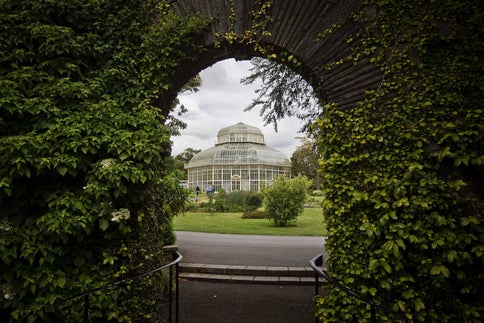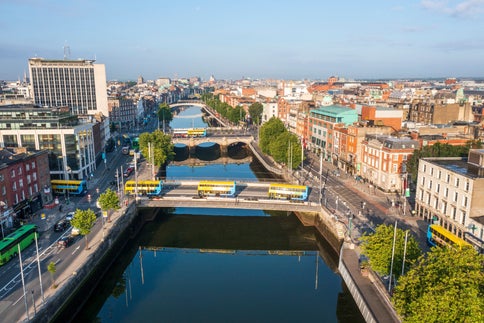- Home
- Traveller guides
- 15 unique things to do in Dublin
15 quirky and unique things to do in Dublin

There’s never a shortage of things to see or visit in Dublin, from historic churches to fascinating museums.
But it’s also home to many unusual or hidden locations, and experiences which are a twist on your usual fare. These secret cafés, spooky crypts and remarkable historical objects can turn a city trip from great to unforgettable.
So, if you want to experience the more unusual side of Dublin on your visit, check out our favourite quirky highlights in the capital.
- 1.
- 2.
- 3.
- 4.
- 5.
- 6.
- 7.
- 8.
- 9.
- 10.
- 11.
- 12.
- 13.
- 14.
- 15.
Museum Building in Trinity College Dublin
Trinity College Dublin might be Ireland's most famous university, but arguably its most beautiful building remains relatively unknown. The Museum Building, which runs along the southern side of New Square, stands out not just as the campus' most eye-catching structure, but one of the most elegant buildings in Ireland. The home of the departments of geology, geography and civil engineering was built between 1853-7 by Thomas Deane and Benjamin Woodward, who were inspired by the Byzantine architecture of Venice. As befitting the department of geology, the building materials include 22 different types of stone - 13 of which came from Irish quarries.
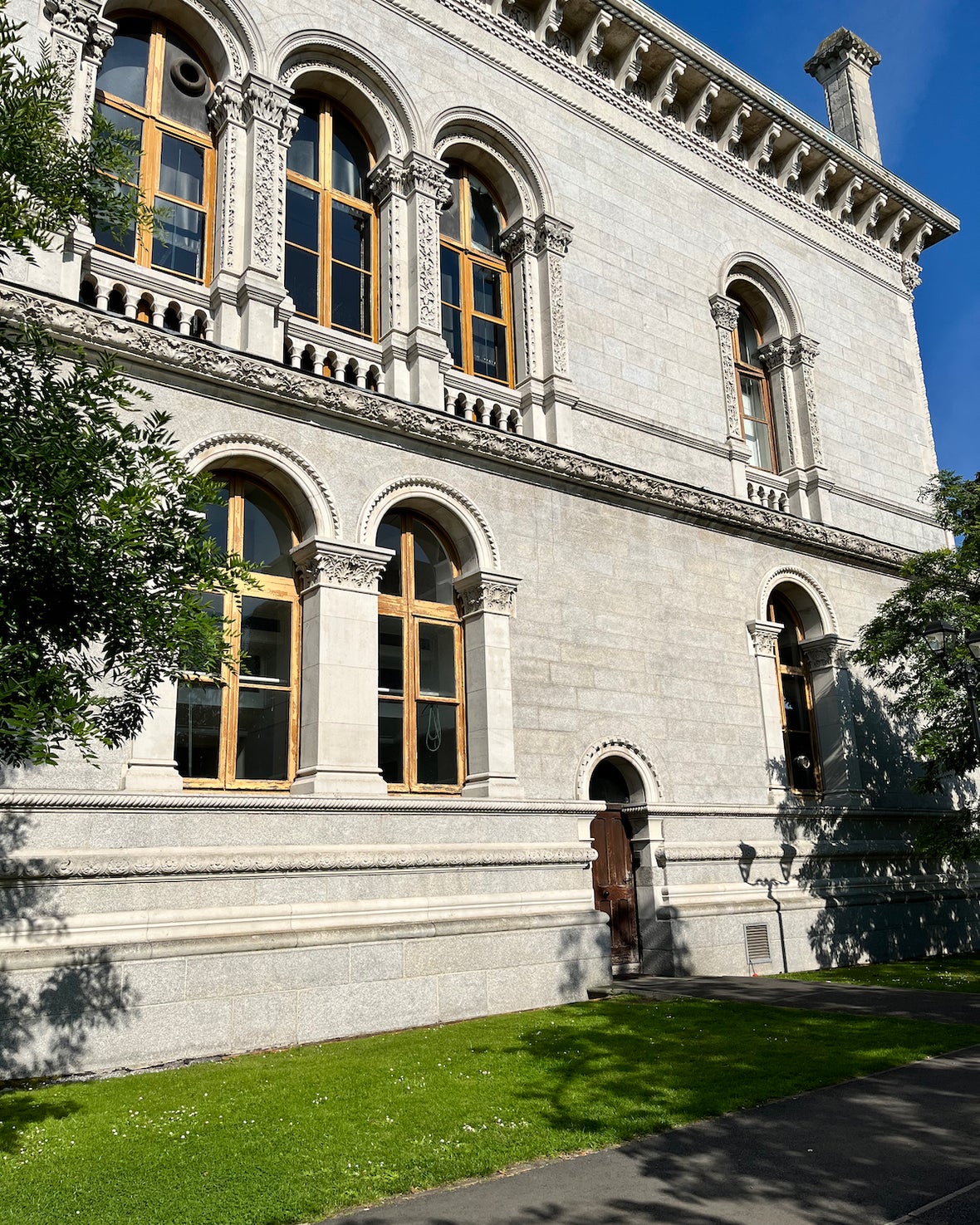
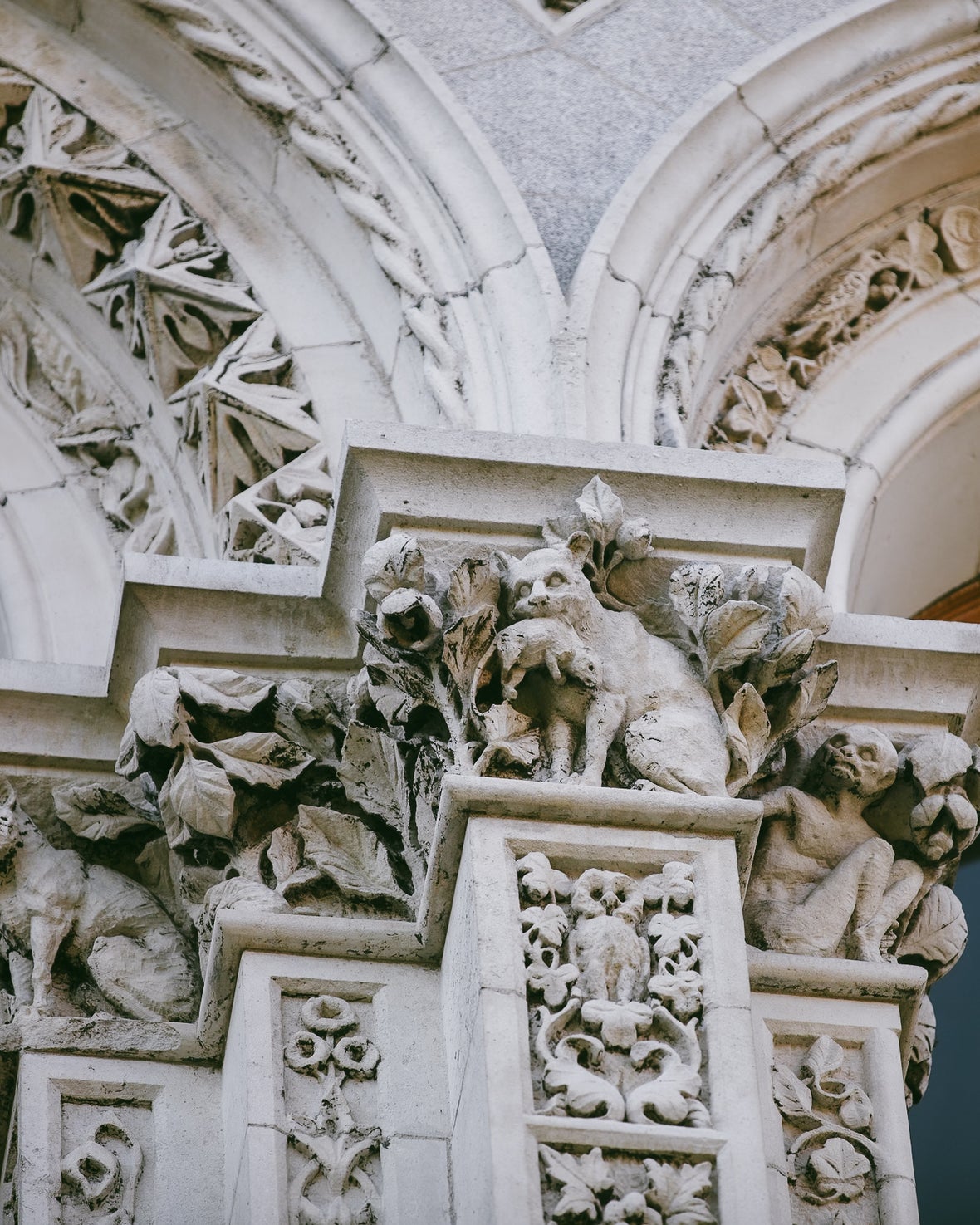
The exterior stands out from the rest of the college buildings thanks to the intricately detailed carvings, the work of two Cork-born brothers, John and James O'Shea. These include the college crest embossed in Caen stone from France and hundreds of individually carved flowers, inspired by freshly picked bouquets picked by the brothers from the college garden, as well as animals such as squirrels, cats and even a monkey.
Inside, say hello to the 11,000-year-old Giant Irish Deer skeletons that stand guard on either side of the vestibule before making your way to the main hall. Casting light on the large pillars, balustrades and bannisters made from a range of Irish marbles and Cornish serpentine is the incredible domed roof, decorated with blue, red and yellow enamelled bricks.
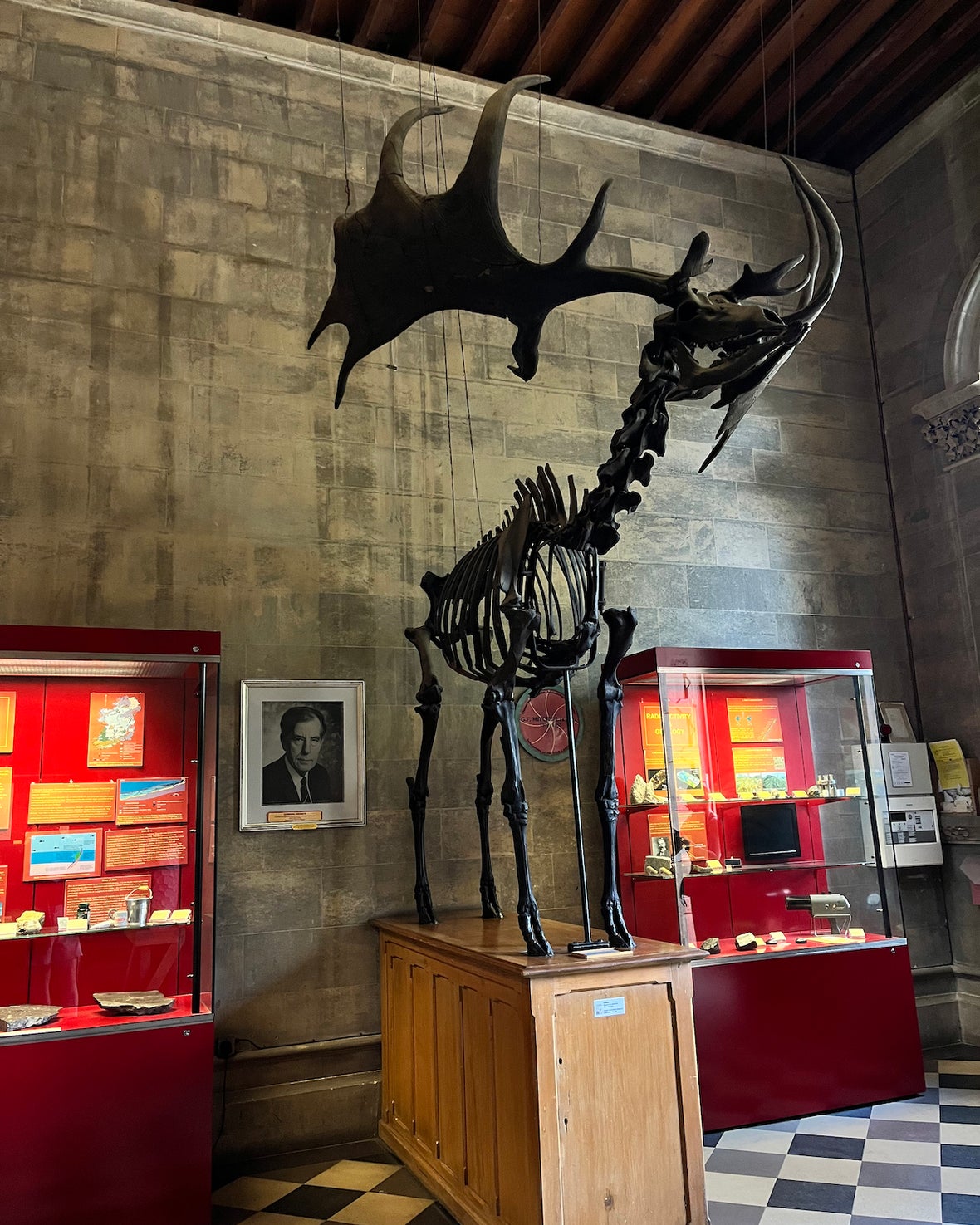

Unless you're a student, the only way to gain access to the building is by joining a Trinity Trails tour. These 45-minute tours are led by current students and start from the Campanile in Front Square. They include plenty of stories and anecdotes about the college and some of its famous (and infamous) students, as well as an exclusive entry into the Museum Building.
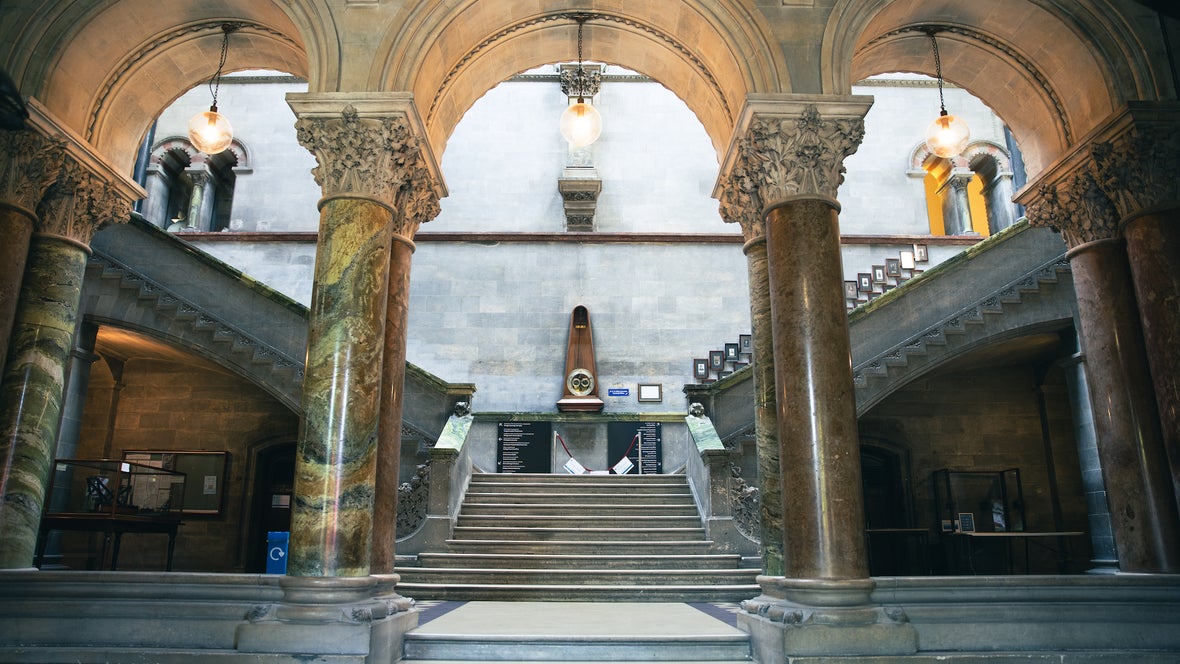
The Diving Bell
The incredible Diving Bell on Grand Canal Dock is a fascinating remnant of Dublin Port’s history. Designed by port engineer Bindon Blood Stoney (what a name!), it was used from 1871 during the construction of the quay walls and only went out of use in 1958. The huge orange contraption enabled people to work under water, though the conditions inside were said to be pretty uncomfortable. In the bell’s interpretative centre, you can learn more about the dock workers who did the difficult and essential work inside it. Afterwards, why not stop off at Bindon Blood Stoney Road around the corner and tip your hat to the wiley inventor.
The Hungry Tree
A walk to the gorgeous Phoenix Park is a must-do when you visit Dublin’s northside, but on the way there’s a quirky spot and great photo opportunity to factor into your wander. Inside the King’s Inns grounds at Constitution Hill you’ll find the Hungry Tree. This stunning London plane tree (listed as one of the country’s Heritage Trees by the Tree Council of Ireland) was given its name as it’s been chomping away on a park bench over the decades. On the walk to Phoenix Park, take a detour to Constitution Hill and ask a friendly local for directions. Keep an eye out for the wrought iron gates at the entrance to King’s Inns – and then get your best smile ready for the camera.
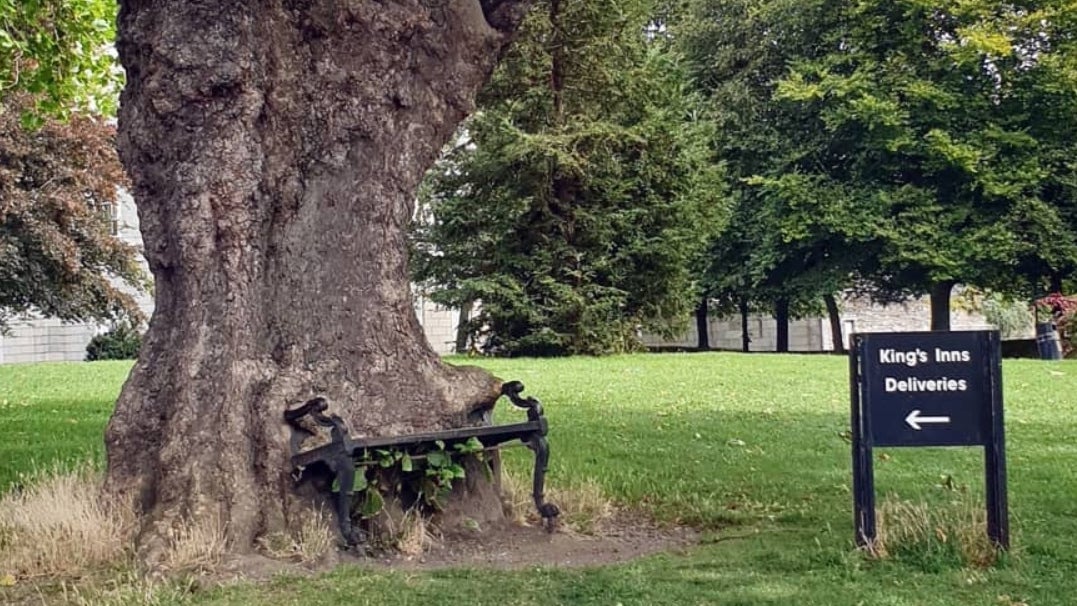
Ye Olde Hurdy-Gurdy Museum of Vintage Radio
Dublin has almost 30 Martello Towers dotted along the coast, built as lookouts in the very early 1800s ahead of an expected Napoleonic invasion. In the #2 tower on Howth’s East Pier, one man’s passion has seen the building turned into the quirky Ye Olde Hurdy-Gurdy Museum of Vintage Radio. Inside is the collection of audiophile Pat Herbert, who began collecting radios and all things connected with communications in the 1950s, like gramophones, crystal sets, valve radios and even early Morse equipment, as well as early TVs, music boxes, photos and telegrams. Step inside this portal to the past and learn about how the tower was the site of the first successful ‘wireless’ transmissions between Howth and Holyhead (carried out by American Lee DeForest in 1903), as well as its links to the inventor Guglielmo Marconi.
Fr Pat Noise's plaque
History fans will often take note of the various plaques around capital cities, but this one on Dublin’s O’Connell Bridge has quite the bizarre backstory. It looks like an ordinary plaque, celebrating a Fr Pat Noise who died “under suspicious circumstances when his carriage plunged into the Liffey on August 10th, 1919”. The plaque was installed in 2004, but it wasn’t until 2006 that a journalist called attention to it – and it was discovered it was a hoax. Even though the plaque was removed once, it was reinstalled by the two brothers who created it, and is still on O’Connell Bridge to this day.
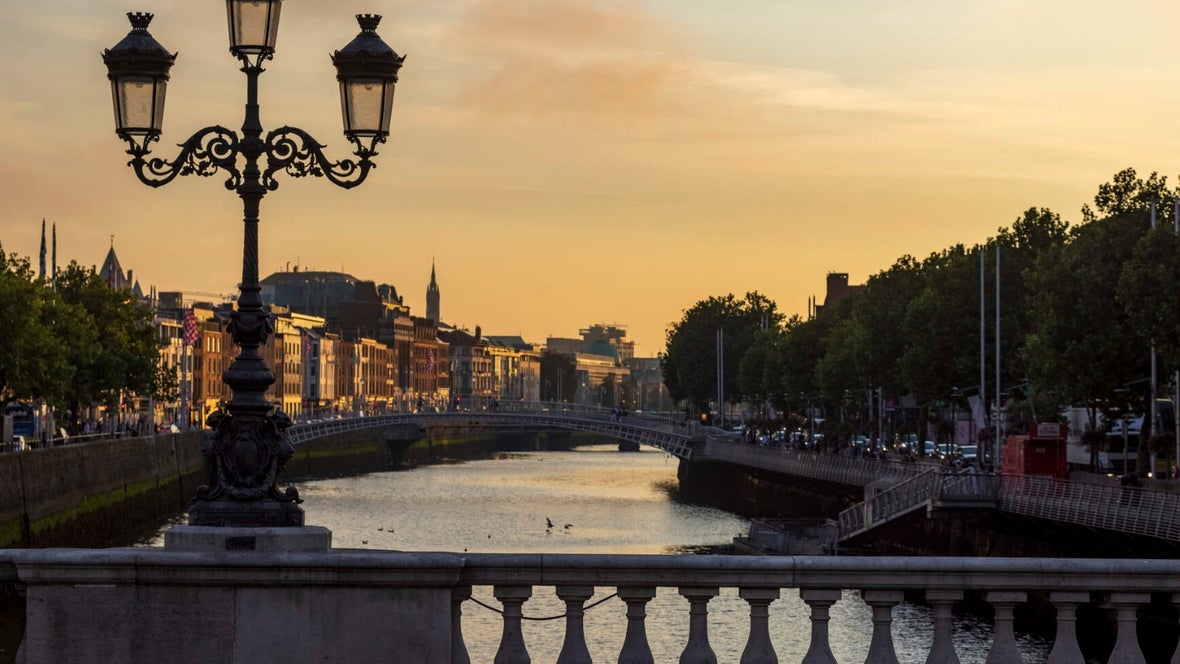
The Church Bar
Sure, Dublin is home to many pubs and churches. But how about a location that combines both? The Church is a café, late bar and restaurant on Jervis Street, ideal for if you need a break after checking out the shops nearby on Henry St. The 17th century building hasn’t been used as a church since the 1960s and was later converted into a contemporary venue which opened in 2005. Eat lunch beneath stained-glass windows and near original wall tablets, spot an original organ built by Renatus Harris, and view the bust of Arthur Guinness, who was married in the church in 1761. You can also visit the burial crypts in the building.
Settle in for some casual lunch or dinner between 12pm to 9pm – and if the weather is warm, the terrace is a great spot for people-watching.
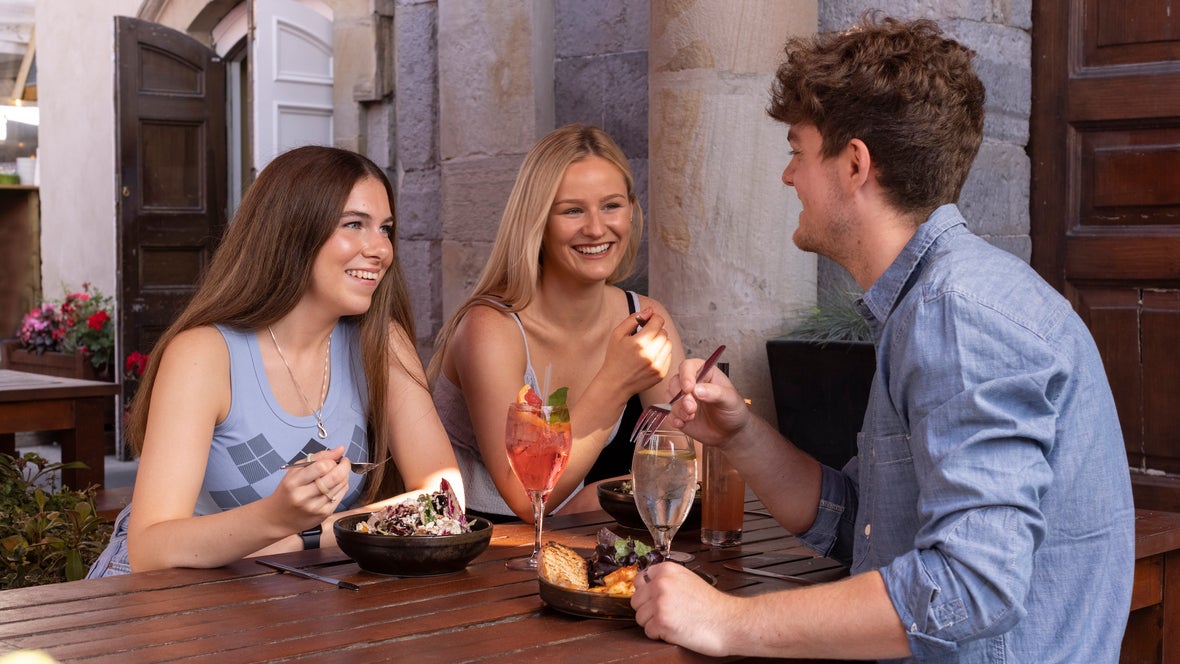
MV Cill Airne Boat
Dublin’s MV Cill Airne Boat, located at Quay 16, North Wall Quay, is a lovely spot to oversee the Docklands and grab some dinner with a maritime twist. The boat was built in the 1960s and was later fully restored after going out of use in 2003. Depending on the sort of meal you’d like, you can choose from the Captain’s table in Quay 16 Restaurant, the Blue River Bistro Bar on the upper deck, or have a casual drink in the White Bar on the main deck. No matter the season, you’ll feel like you’re away from the city buzz in this unique setting.
Mary's Bar and Hardware Shop
You could spend an entire Dublin break visiting the city's wealth of iconic and historic pubs – but this is one of the quirkier offerings. Mary’s Bar looks like an ordinary pub, but it doubles as a hardware store. You’ll feel very smug being tucked away from the busy shops on Grafton St while enjoying a drink. Plus, if you’ve some lingering DIY issues that need sorting, you can pick up everything from sandpaper to trowels to hard hats. The site was formerly the Wicklow Hotel, a regular meeting point for Michael Collins and members of the Irish Republican Brotherhood.
Skyview Tower Dublin
Smithfield is home to the Light House Cinema, Proper Order’s amazing coffee and pastries, excellent pubs and a plethora of cafés. But from Smithfield Square plaza, there's also a way of getting an amazing view of the entire city. The Skyview Tower used to be part of the nearby Jameson Distillery, and dates back to 1895. Today, you can get a 360-degree view of the capital from this former air traffic control tower. To get in (it’s open seven days a week) you’ll need to buy tickets from the Generator Hostel. Wear your walking shoes, as you’ll climb a 259-step spiral steel staircase to reach the top.
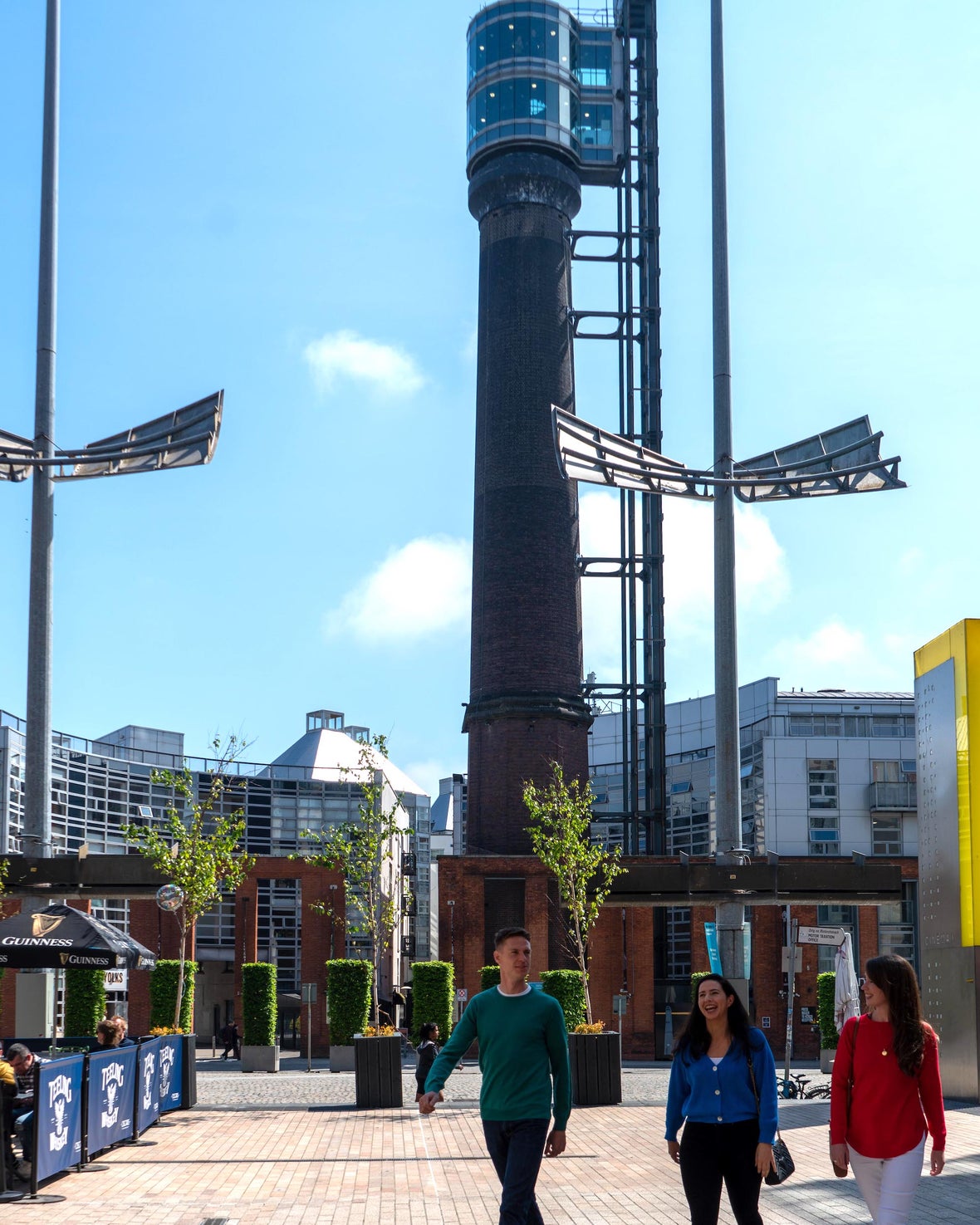

Napoleon Bonaparte's toothbrush
You may not associate the legendary French emperor Napoleon with Dublin, but the man had a small connection with Ireland you can visit today. The Heritage Centre at the Royal College of Physicians of Ireland (RCPI) is home to Napoleon’s toothbrush (yes, seriously). While exiled on the island of St Helena, Napoleon was cared for by the Irish physician Dr Barry O’Meara. Later, he gifted the doctor his toothbrush – which has a gilt handle stamped with an ‘N’ – while on his deathbed. Find the heritage centre in the city, on Kildare St.
Four Provinces pub and brewery
If you’re a big craft beer fan, you can get a behind-the-scenes look at the brewing process at the Four Provinces pub in Kimmage. Hidden in the back of the bar is their on-site brewery, where you can take a tour, test out a few cúpla focal with their bilingual staff, enjoy trad music (from Wednesday to Sunday) and imbibe their brews.
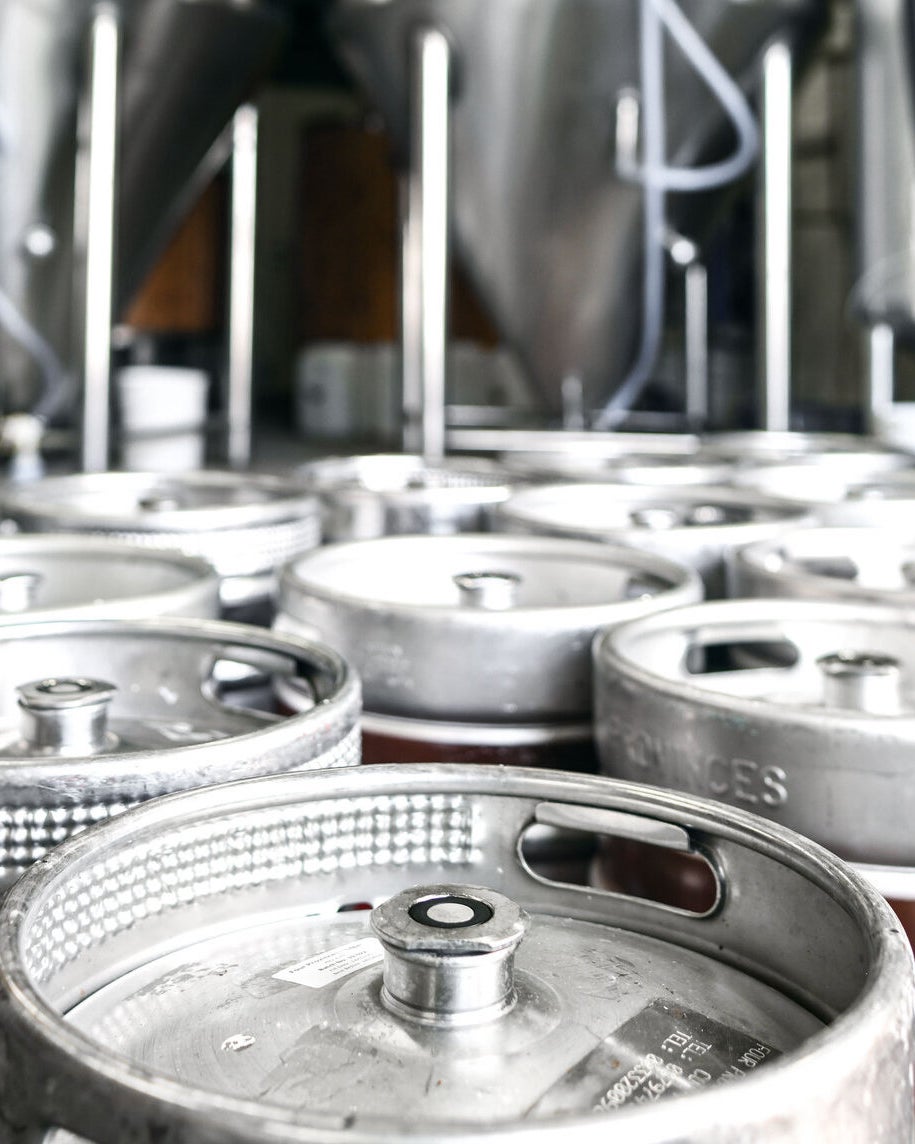
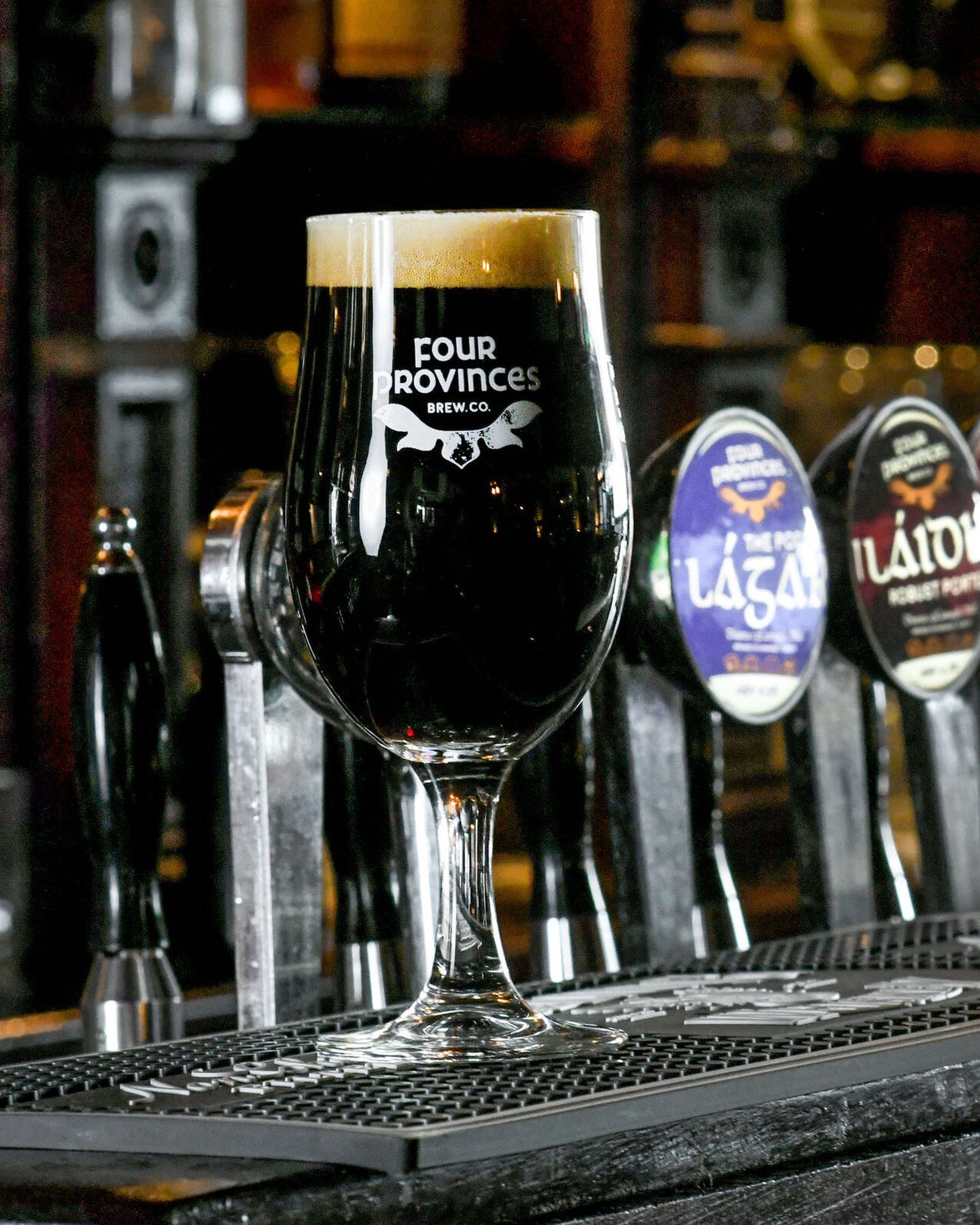
St Patrick's footprint
Poor St Patrick didn’t have the easiest life, though he left quite an impression on Ireland. After being brought here as a youth by pirates in the 5th century, he eventually made a bid for escape. When he returned to Ireland it was as a missionary, and he built a church on an island near Skerries. Skerries is well suited to a day trip on the Dublin Coastal Trail, and while you’re there you can find something intriguing at its headland Red Island (a former island): what legend says is a footprint left by St Patrick.
The story goes that after his precious goat was stolen by Skerries locals, St Patrick left his home on Red Island to rescue it. He took two big strides, leaving a large footprint behind. Sadly for St Patrick, the goat had already been eaten for dinner. Today, you can see the footprint he reputedly left, and some say you can make a wish by placing your hand into the water that’s pooled inside.
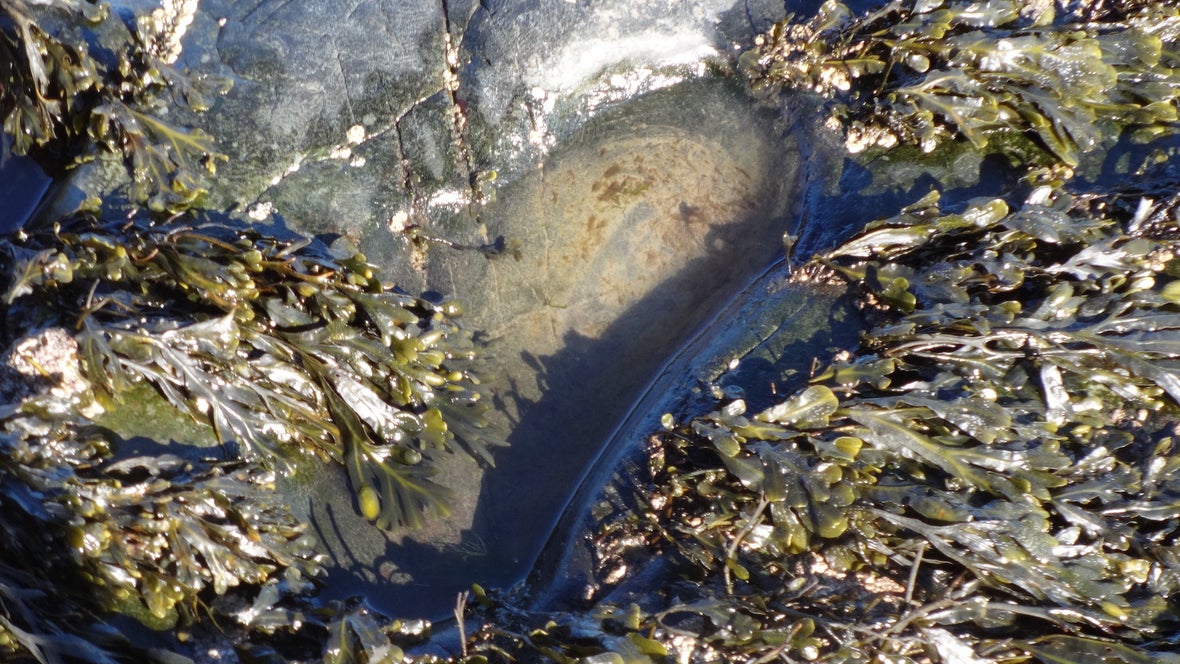
The Lucky Stone at St Audoen's Church
The gorgeous medieval St Audoen’s Church, which dates back to the 12th century, is worth a visit as it is. But inside is a mysterious slab of granite called the 'Lucky Stone', engraved with a Greek cross. The stone dates to the 8th or 9th century and is thought to once have been a tombstone. Because of its alleged lucky properties, in 1309 the Mayor of Dublin donated a water fountain to the people of the city and put the stone against it – possibly to protect them from the notoriously unclean water of the era.
The stone has been stolen multiple times, but on each attempt, something strange happened – like in 1826, when a group of thieves found it got heavier and heavier, forcing them to eventually abandon it. Today, you’ll find the stone just inside the church door – and it might bring you good luck on your visit.
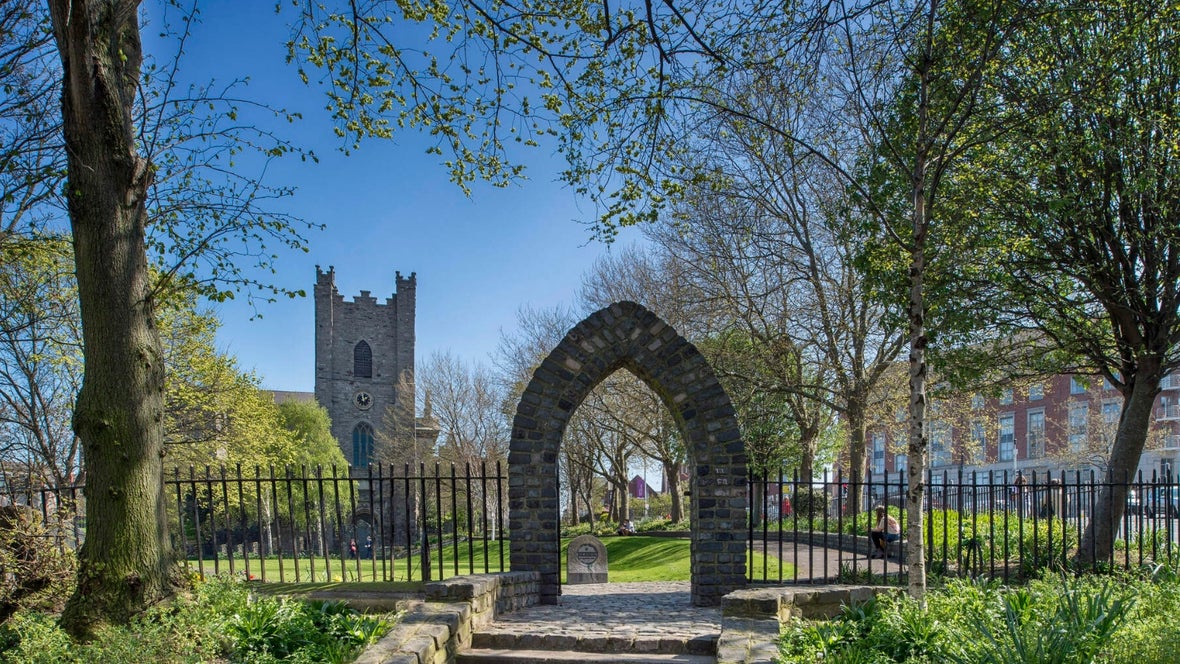
Druid's Judgment Chair
There are many special things to see on a walk in Killiney Hill on the Dublin Coastal Trail. While you’re in the area, take a short detour to a copse near Killiney Heath and find the seat of an ancient druid. Well, sort of. This special monument is made up of three slabs that were originally believed to be part of a series of Bronze Age cairns, or burial chambers, and it’s thought they were later joined together as part of a Victorian folly. Though they might be in an unusual location, once you step into the copse the area feels hidden away and timeless – some say it has a particularly spiritual feeling, too.
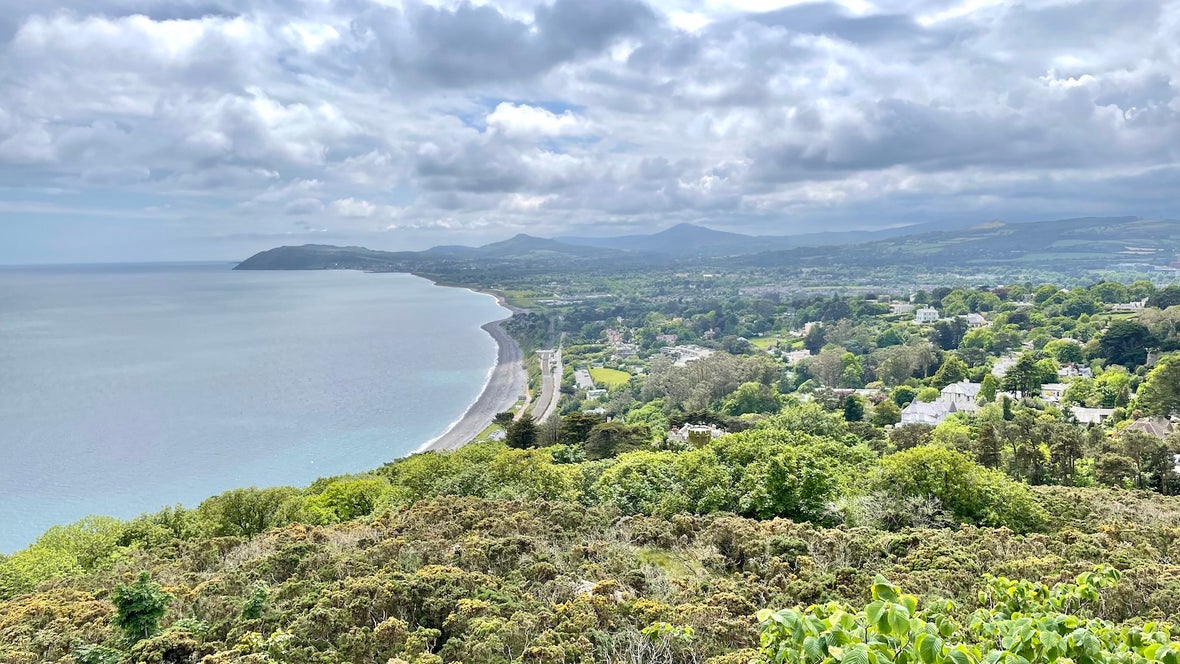
The Cake Café
Sometimes the best things take the most work to find. For years, The Cake Café has been one of Dublin’s best little secrets. To access it, you need to go through The Last Bookshop on Camden Street, which itself is a great place to browse if you want to pick up an unusual or rare book. Inside the café you’ll find pillowy, sugar-dusted cakes, great coffee, hearty sandwiches and a lovely bright oasis where you can recharge before heading back into the busy city.
Plan your Dublin city break
If offbeat escapades are your thing, discover more things to see and do in Dublin.

